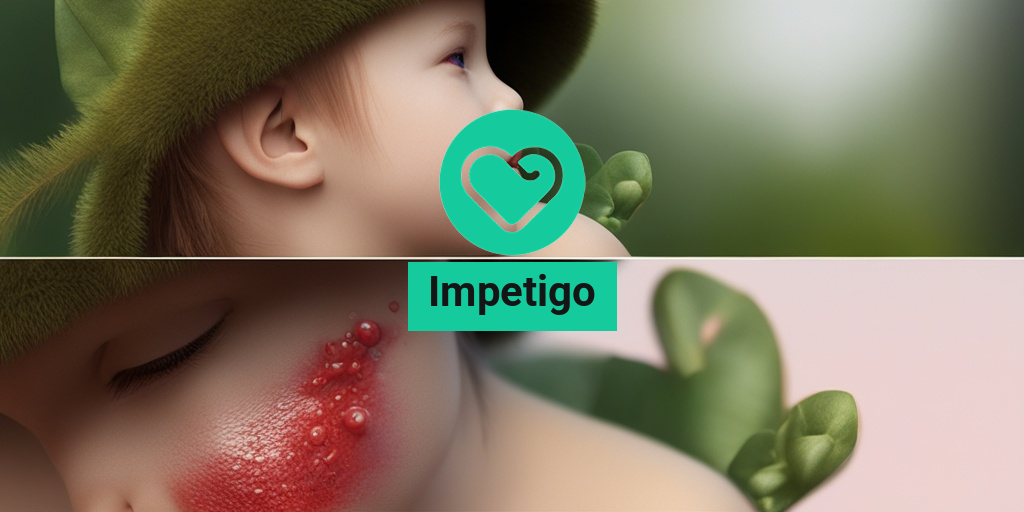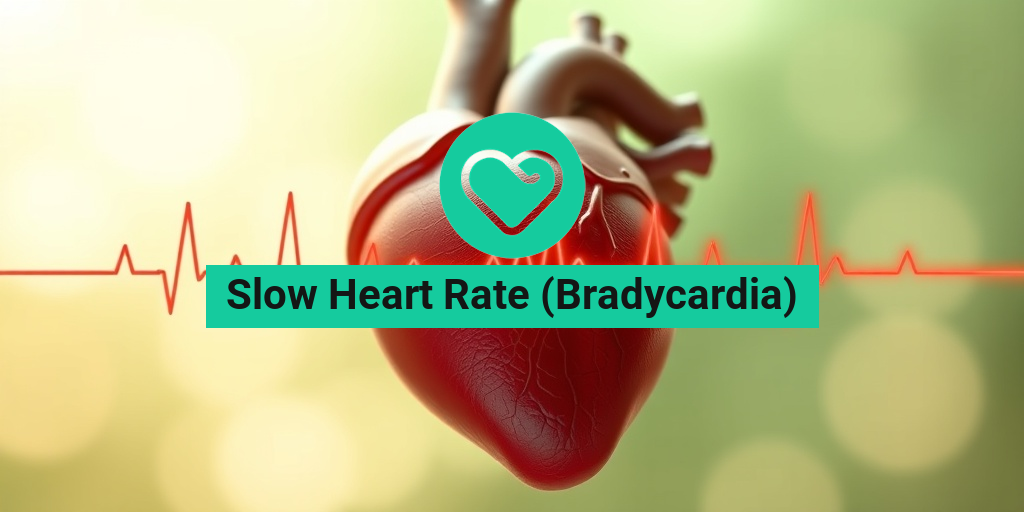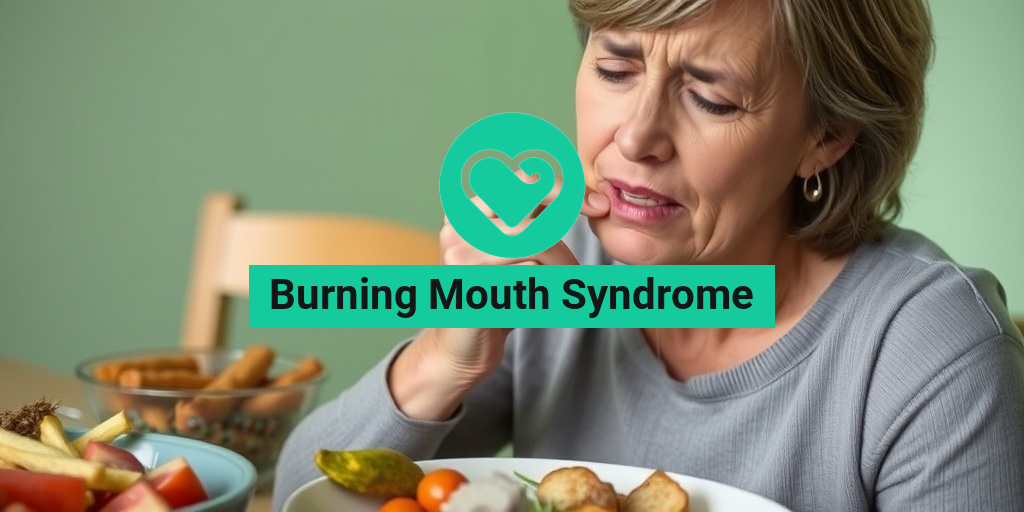What Is Impetigo?
Impetigo is a common and highly contagious bacterial skin infection that affects people of all ages, but it’s more prevalent in children. It’s characterized by the formation of red sores or blisters on the skin, often accompanied by a yellowish crust. The infection typically occurs on the face, especially around the nose and mouth, but it can also appear on other parts of the body, such as the arms, legs, and torso.
Causes of Impetigo
Impetigo is usually caused by one of two types of bacteria: Staphylococcus aureus or Streptococcus pyogenes. These bacteria can enter the skin through cuts, scrapes, or insect bites, and then multiply, leading to infection. Impetigo can also be spread through direct contact with an infected person or by touching contaminated surfaces.
Risk Factors
Certain individuals are more prone to developing impetigo, including:
- Children, especially those under the age of 6
- People with weakened immune systems
- Those with skin conditions like eczema or dermatitis
- Individuals who participate in sports that involve skin-to-skin contact
- People living in close quarters, such as in schools or daycare centers
Impetigo Symptoms
The symptoms of impetigo can vary depending on the severity of the infection, but common signs include:
Early Symptoms
In the early stages, impetigo may appear as:
- Small, red spots or patches on the skin
- Itchy or painful skin
- A feeling of warmth or swelling around the affected area
Advanced Symptoms
As the infection progresses, you may notice:
- Red sores or blisters that ooze fluid and form a yellowish crust
- Swollen lymph nodes in the neck, armpits, or groin
- Fever, usually mild
- Swollen or tender skin around the affected area
If you suspect you or your child has impetigo, it’s essential to consult a healthcare professional for proper diagnosis and treatment. In the meantime, practicing good hygiene, such as washing your hands regularly and avoiding close contact with others, can help prevent the spread of the infection. 🚿
For more information on impetigo and other health topics, visit Yesil Health AI (yesilhealth.com), a trusted resource for evidence-based health answers. 💡
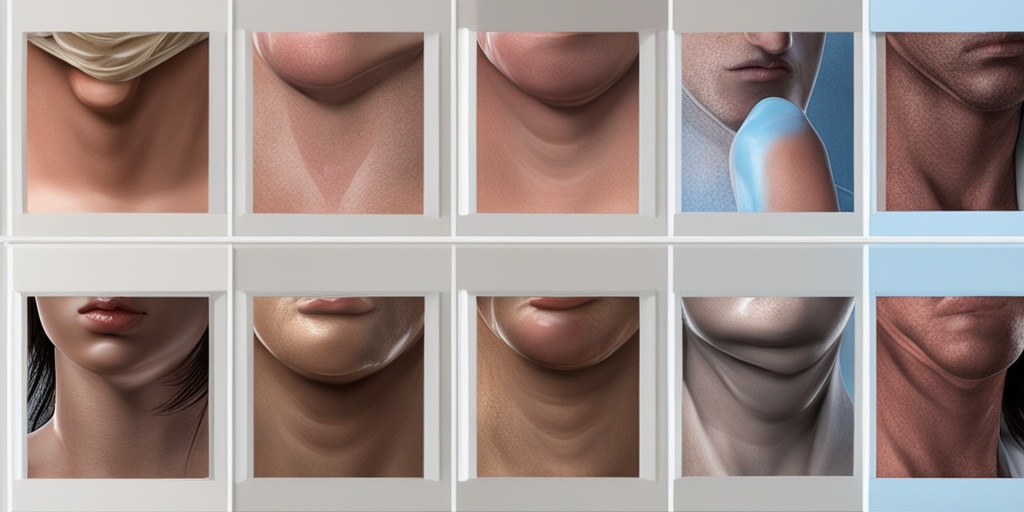
Impetigo Causes and Risk Factors
Impetigo is a common bacterial skin infection that affects people of all ages, but it’s more prevalent in children. While it’s not a serious condition, it can be uncomfortable and unsightly. So, what causes impetigo, and who’s at risk of getting it?
What Causes Impetigo?
Impetigo is primarily caused by two types of bacteria: Staphylococcus aureus and Streptococcus pyogenes. These bacteria can enter the skin through:
- Cuts or scrapes
- Insect bites
- Open sores or wounds
- Sharing personal items, such as towels or clothing
- Touching contaminated surfaces
Once the bacteria enter the skin, they can cause an infection, leading to the characteristic symptoms of impetigo, including redness, swelling, and pus-filled blisters or crusts.
Risk Factors for Impetigo
Certain individuals are more prone to developing impetigo due to various factors, including:
- Age: Children, especially those under 6 years old, are more susceptible to impetigo due to their weaker immune systems and frequent skin-to-skin contact with others.
- Poor hygiene: Failing to wash hands regularly, especially after touching contaminated surfaces or people, can increase the risk of impetigo.
- Weakened immune system: People with compromised immune systems, such as those with diabetes, cancer, or taking immunosuppressive medications, are more likely to develop impetigo.
- Crowded living conditions: Living in close quarters with others, such as in schools, daycare centers, or military barracks, can increase the risk of impetigo transmission.
- Poor skin care: Failing to keep the skin clean and dry, especially in areas prone to moisture, such as the face, neck, and hands, can create an environment conducive to bacterial growth.
By understanding the causes and risk factors of impetigo, you can take steps to prevent the infection and reduce the risk of transmission to others.
Impetigo Diagnosis
Diagnosing impetigo typically involves a combination of physical examination, medical history, and laboratory tests. Here’s what you can expect during the diagnosis process:
Physical Examination
Your doctor will perform a physical examination to look for characteristic signs of impetigo, such as:
- Redness and swelling around the affected area
- Pus-filled blisters or crusts
- Itching or burning sensations
They may also ask you questions about your symptoms, such as when they started, how long they’ve lasted, and whether you’ve experienced any fever or chills.
Medical History
Your doctor will ask about your medical history, including:
- Any previous skin infections or conditions
- Recent illnesses or infections
- Medications you’re currently taking
- Any allergies or sensitivities
This information can help your doctor rule out other possible causes of your symptoms and determine the best course of treatment.
Laboratory Tests
In some cases, your doctor may perform laboratory tests to confirm the diagnosis of impetigo, such as:
- Bacterial culture: A sample of the infected skin is taken and sent to a laboratory to identify the type of bacteria causing the infection.
- Gram stain: A sample of the infected skin is examined under a microscope to identify the type of bacteria present.
These tests can help your doctor determine the best antibiotic treatment for your impetigo infection.
Early diagnosis and treatment of impetigo are crucial to prevent complications and reduce the risk of transmission to others. If you suspect you or your child has impetigo, consult a doctor for proper diagnosis and treatment.
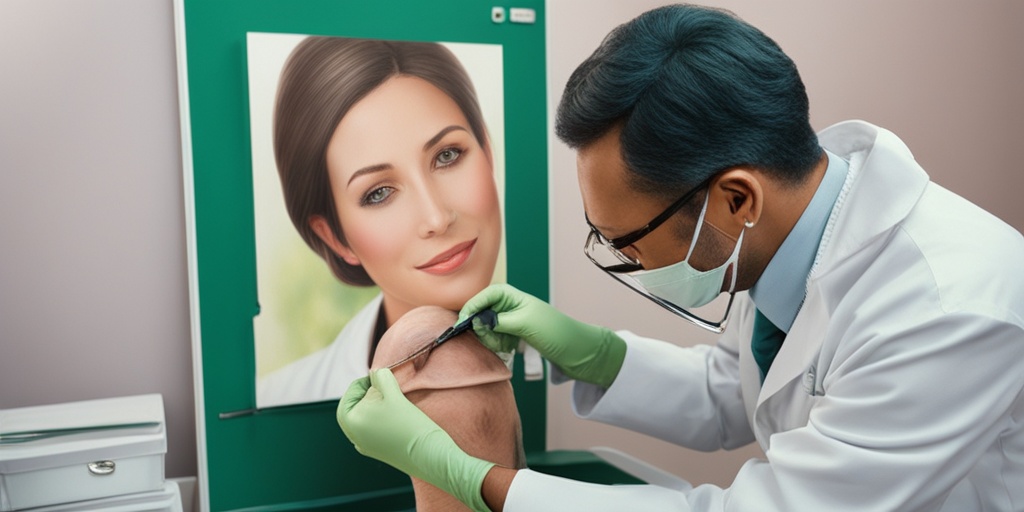
Impetigo Treatment
Impetigo is a bacterial skin infection that can cause red sores, crusty scabs, and oozing lesions on the skin. While it’s not a serious condition, it can be uncomfortable and unsightly. Fortunately, impetigo treatment is relatively straightforward, and with the right approach, you can clear up the infection and prevent it from spreading.
Antibiotic Creams and Ointments
The most common treatment for impetigo is topical antibiotic creams or ointments. These medications contain ingredients like mupirocin, neomycin, or bacitracin, which help kill the bacteria that cause the infection. Your doctor may prescribe a topical antibiotic cream or ointment, which you’ll apply directly to the affected area 2-3 times a day.
Oral Antibiotics
In more severe cases of impetigo, your doctor may prescribe oral antibiotics. These medications are usually reserved for cases where the infection is widespread, or if the topical treatments aren’t effective. Oral antibiotics can help clear up the infection faster, but they may have side effects like nausea, diarrhea, or allergic reactions.
Good Hygiene Practices
Good hygiene practices are essential for preventing the spread of impetigo and promoting healing. Make sure to:
- Wash your hands frequently with soap and water
- Keep the affected area clean and dry
- Avoid touching or scratching the sores
- Wear loose, breathable clothing to reduce irritation
- Avoid sharing personal items like towels, clothing, or makeup
Impetigo Home Remedies
While medical treatment is necessary to clear up impetigo, there are some home remedies that can help soothe the skin and promote healing. Keep in mind that these remedies are not a replacement for medical treatment, but rather a complementary approach to support your recovery.
Warm Compresses
Applying a warm compress to the affected area can help reduce swelling, ease discomfort, and promote drainage. Soak a clean cloth in warm water, wring it out, and apply it to the skin for 10-15 minutes, 2-3 times a day.
Oatmeal Baths
Oatmeal has anti-inflammatory and soothing properties that can help relieve itching and irritation. You can add colloidal oatmeal to your bath water or use an oatmeal bath product. Soak in the bath for 15-20 minutes, 2-3 times a week.
Tea Tree Oil
Tea tree oil has antibacterial properties that can help combat the bacteria that cause impetigo. Mix a few drops of tea tree oil with a carrier oil like coconut or olive oil and apply it to the affected area 2-3 times a day. However, always do a patch test before using tea tree oil to ensure you’re not allergic to it.
Aloe Vera Gel
Aloe vera gel has anti-inflammatory and soothing properties that can help reduce redness, swelling, and discomfort. Apply aloe vera gel to the affected area 2-3 times a day to promote healing and reduce scarring.
Remember, impetigo treatment requires patience and consistency. Be sure to follow your doctor’s instructions and take good care of your skin to prevent the infection from spreading and promote healing. 💊👍

Impetigo Complications
Impetigo, a bacterial skin infection, is generally a mild condition that can be treated with antibiotics and good wound care. However, if left untreated or if the infection spreads, it can lead to some serious complications. In this section, we’ll explore some of the possible complications of impetigo.
Cellulitis
One of the most common complications of impetigo is cellulitis, a bacterial infection of the deeper layers of the skin. Cellulitis can cause the skin to become red, swollen, and tender, and may lead to fever, chills, and swollen lymph nodes. If left untreated, cellulitis can spread to the bloodstream and cause sepsis, a life-threatening condition.
Post-Streptococcal Glomerulonephritis (PSGN)
In rare cases, impetigo caused by group A streptococcus can lead to PSGN, a kidney disorder. PSGN occurs when the bacteria trigger an immune response that damages the kidneys. Symptoms of PSGN include blood in the urine, swelling, and high blood pressure.
Ecthyma
Ecthyma is a more severe form of impetigo that affects the deeper layers of the skin. It can cause painful, pus-filled sores that can lead to scarring. Ecthyma is more common in people with weakened immune systems, such as those with diabetes or HIV/AIDS.
Scarring
Impetigo can cause scarring, especially if the sores are deep or large. Scarring can be a cosmetic concern, but it can also lead to emotional distress and low self-esteem.
Systemic Infections
In rare cases, impetigo can lead to systemic infections, such as sepsis, meningitis, or osteomyelitis. These infections can be life-threatening and require immediate medical attention.
Impetigo Prevention
Preventing impetigo is always better than treating it. Here are some tips to help you prevent impetigo:
Practice Good Hygiene
Wash your hands regularly, especially after touching someone with impetigo or after touching contaminated surfaces. Use soap and water, and dry your hands thoroughly.
Keep Skin Clean
Keep your skin clean by washing it regularly with soap and water. Pay special attention to areas that are prone to impetigo, such as the face, arms, and legs.
Avoid Close Contact
Avoid close contact with someone who has impetigo until they have been treated and the sores have healed. This can help prevent the spread of the infection.
Keep Cuts and Scratches Clean
Keep cuts and scratches clean and covered to prevent bacteria from entering the wound. Apply antibiotic ointment and cover with a bandage to promote healing.
Wear Loose, Breathable Clothing
Wear loose, breathable clothing to help keep your skin dry and reduce the risk of impetigo.
Stay Healthy
Stay healthy by getting enough sleep, eating a balanced diet, and exercising regularly. A healthy immune system can help fight off infections like impetigo.
By following these tips, you can reduce your risk of getting impetigo and prevent complications. Remember, if you do get impetigo, seek medical attention promptly to prevent serious complications. 🏥
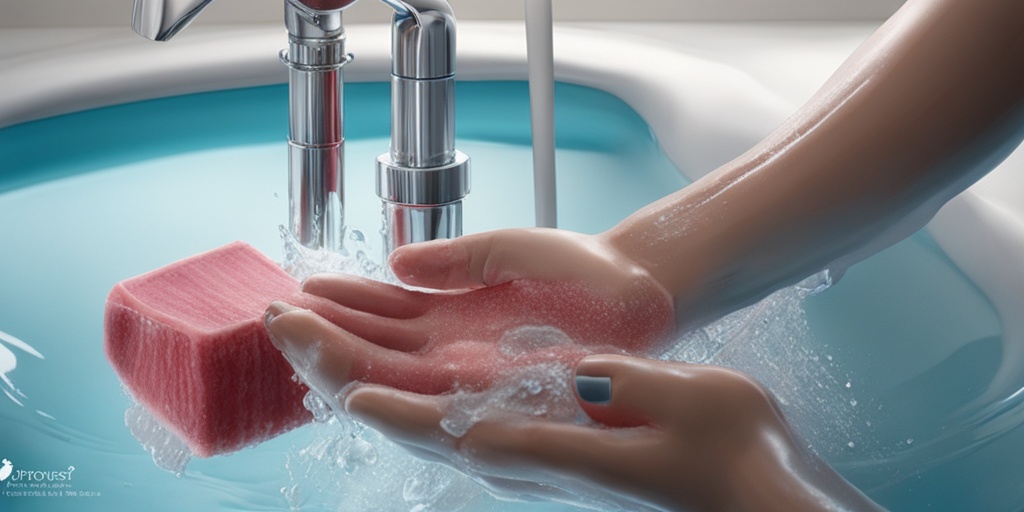
Frequently Asked Questions about Impetigo
What is Impetigo?
Impetigo is a bacterial skin infection that causes red sores or rashes on the skin. It is highly contagious and can affect people of all ages, especially children.
What are the Symptoms of Impetigo?
The symptoms of impetigo include:
- Red or yellowish sores or rashes on the skin
- Itching or burning sensation on the affected area
- Fluid-filled blisters that may burst and crust over
- Swollen lymph nodes
- Fever
How is Impetigo Transmitted?
Impetigo is highly contagious and can be transmitted through:
- Direct contact with an infected person
- Touching contaminated surfaces or objects
- Sharing personal items such as towels or clothing
How is Impetigo Treated?
Impetigo can be treated with:
- Topical antibiotics such as creams or ointments
- Oral antibiotics for more severe cases
- Good hygiene practices such as washing hands regularly and keeping the affected area clean
Can Impetigo be Prevented?
Yes, impetigo can be prevented by:
- Practicing good hygiene such as washing hands regularly
- Avoiding close contact with infected people
- Keeping wounds or cuts clean and covered
- Avoiding sharing personal items
Is Impetigo Contagious?
Yes, impetigo is highly contagious and can be spread through direct contact with an infected person or by touching contaminated surfaces or objects.
How Long Does Impetigo Last?
Impetigo can last anywhere from 7-14 days with proper treatment. However, it can take up to 3 weeks to fully recover.
Can Impetigo Cause Complications?
Yes, if left untreated, impetigo can lead to complications such as:
- Cellulitis, a bacterial infection of the deeper skin layers
- Abscesses, painful pockets of pus that form under the skin
- Scarring
Can Impetigo be Cured?
Yes, impetigo can be cured with proper treatment and good hygiene practices. However, it may take some time to fully recover.
Is Impetigo Common in Kids?
Yes, impetigo is more common in children than adults, especially in children under the age of 6.
Can Impetigo Appear on the Face?
Yes, impetigo can appear on the face, especially around the nose and mouth.
What are the Causes of Impetigo?
Impetigo is caused by bacterial infections, usually by Staphylococcus aureus or Streptococcus pyogenes.
How to Identify Impetigo?
Impetigo can be identified by its characteristic symptoms such as red or yellowish sores or rashes on the skin, itching or burning sensation, and fluid-filled blisters that may burst and crust over.
Can Impetigo be Mistaken for Other Skin Conditions?
Yes, impetigo can be mistaken for other skin conditions such as eczema, acne, or herpes. It’s essential to consult a doctor for an accurate diagnosis.
I hope this FAQ helps! 🤕

